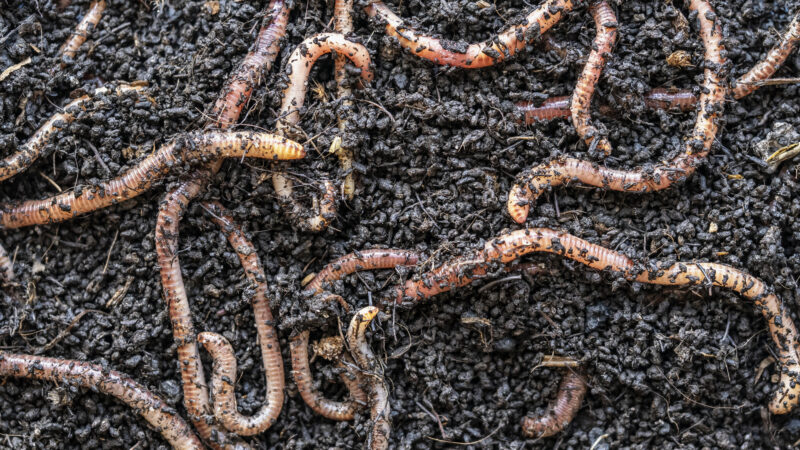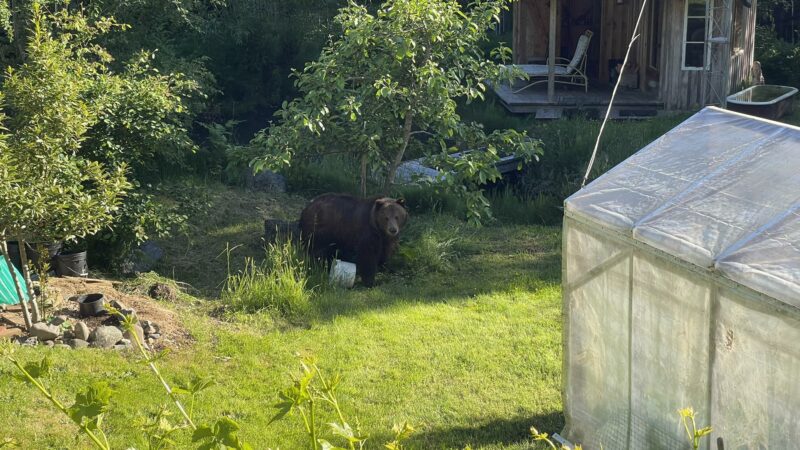More Than Merino: The Ultimate Guide to Base Layer Fabrics
We may earn revenue from the products available on this page and participate in affiliate programs. Learn More ›
There’s no doubt that Merino wool is an insulating rockstar among outdoorsmen and women. Thanks to its warmth, breathability, moisture-wicking, and odor-repelling performance, it has a massive fan base. Like in the music scene, however, there are often better performers than the big-time, spotlight celebrities. It doesn’t always take talent to fill stadiums with screaming crowds. In the world of base layers, some quiet contenders undoubtedly deserve more recognition than they get, quietly performing in deer stands, on challenging backcountry trails, and doing it all while putting on a damn good show.
If you’ve ever questioned the Merino wool hype, or you think wearing wool of any kind feels like hugging a cactus, this one’s for you. Here are five Merino wool alternatives that will keep you warm, dry, and comfy in the great outdoors.
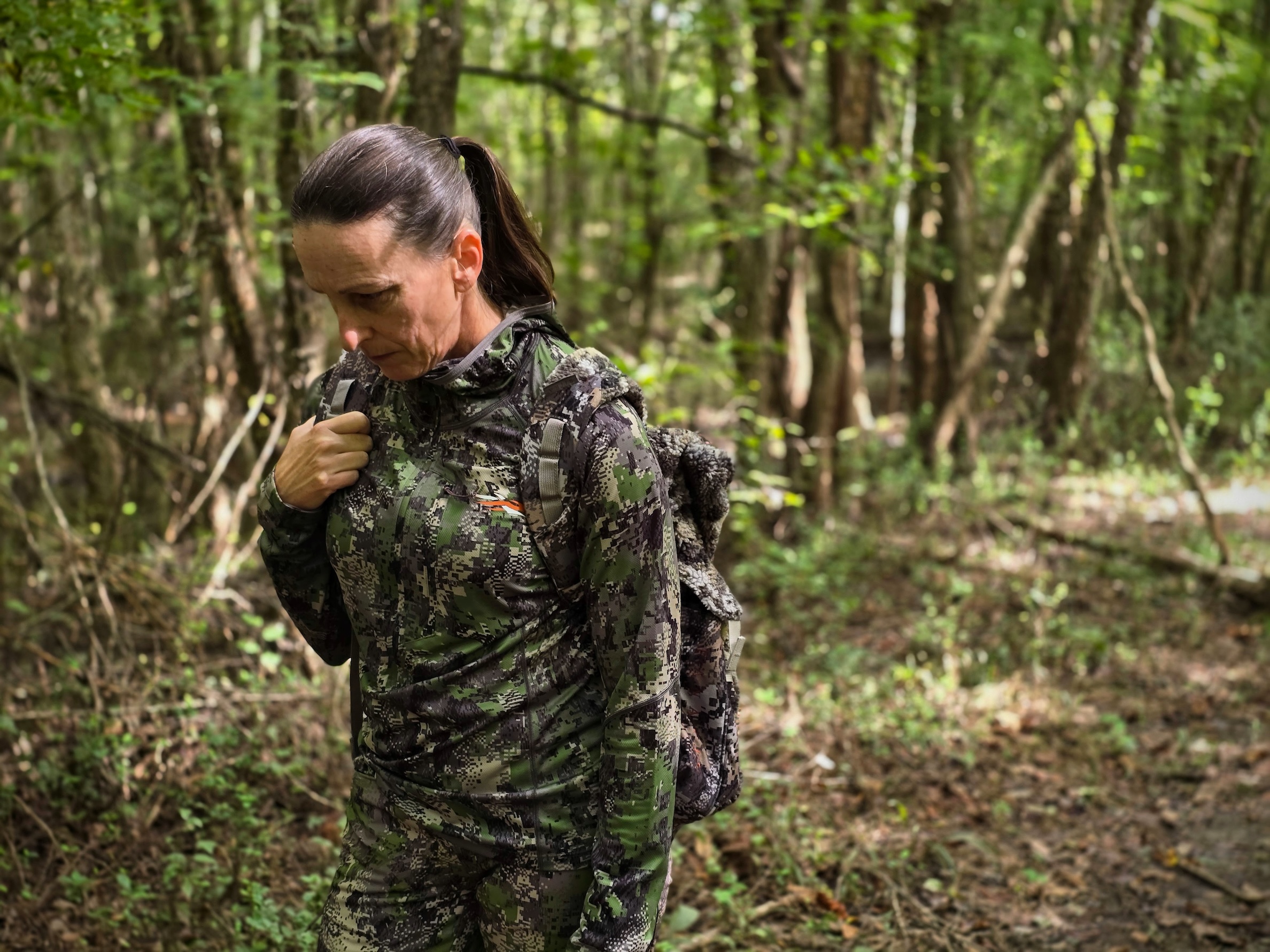
Alice Jones Webb
What’s Wrong with Wool?
There’s really nothing wrong with wool. You don’t gain the rock-solid reputation wool has among hunters and other outdoor adventurers without backing up the hype. Merino wool has legitimately earned its rockstar status for its ability to wick moisture, keep you warm even when wet, and fight the human funk that naturally brews during physically demanding activity.
But Merino isn’t perfect. Is it softer than the traditional, super-scratchy wool blankets your granddad toted to deer camp? Yes. Yes, it is. Merino wool is spun from finer fibers than the wool of yesteryear. However, it definitely isn’t the softest material you can wear against your skin.
Wool Is Sometimes Itchy
On the spectrum of fabric softness, Merino is still on the bristly side of things. Anyone who tries to convince you that all Merino wool is cottony smooth probably thinks veggie burgers taste just like beef. I also wouldn’t trust them on any real estate deals.
While scientific research does not support the notion that wool causes allergic skin reactions, as many as 43 percent of consumers avoid wool clothing because it is “too itchy, prickly, or uncomfortable.”
I get it. Personally, pure Merino wool makes my skin crawl. Sitting statue-still in a deer stand for hours on end is darn near impossible when your base layer feels like it’s made of barbed wire. I’ll admit that some manufacturers have tamed the wool itch with synthetic liners or by blending in softer polyester. One of my favorite hunting base layers is the Sitka Core Merino 330, which has a smooth, anti-itch synthetic interior. It’s like getting the best of a Merino wool base layer without the sometimes briar-y feel of wool sitting directly on my skin.
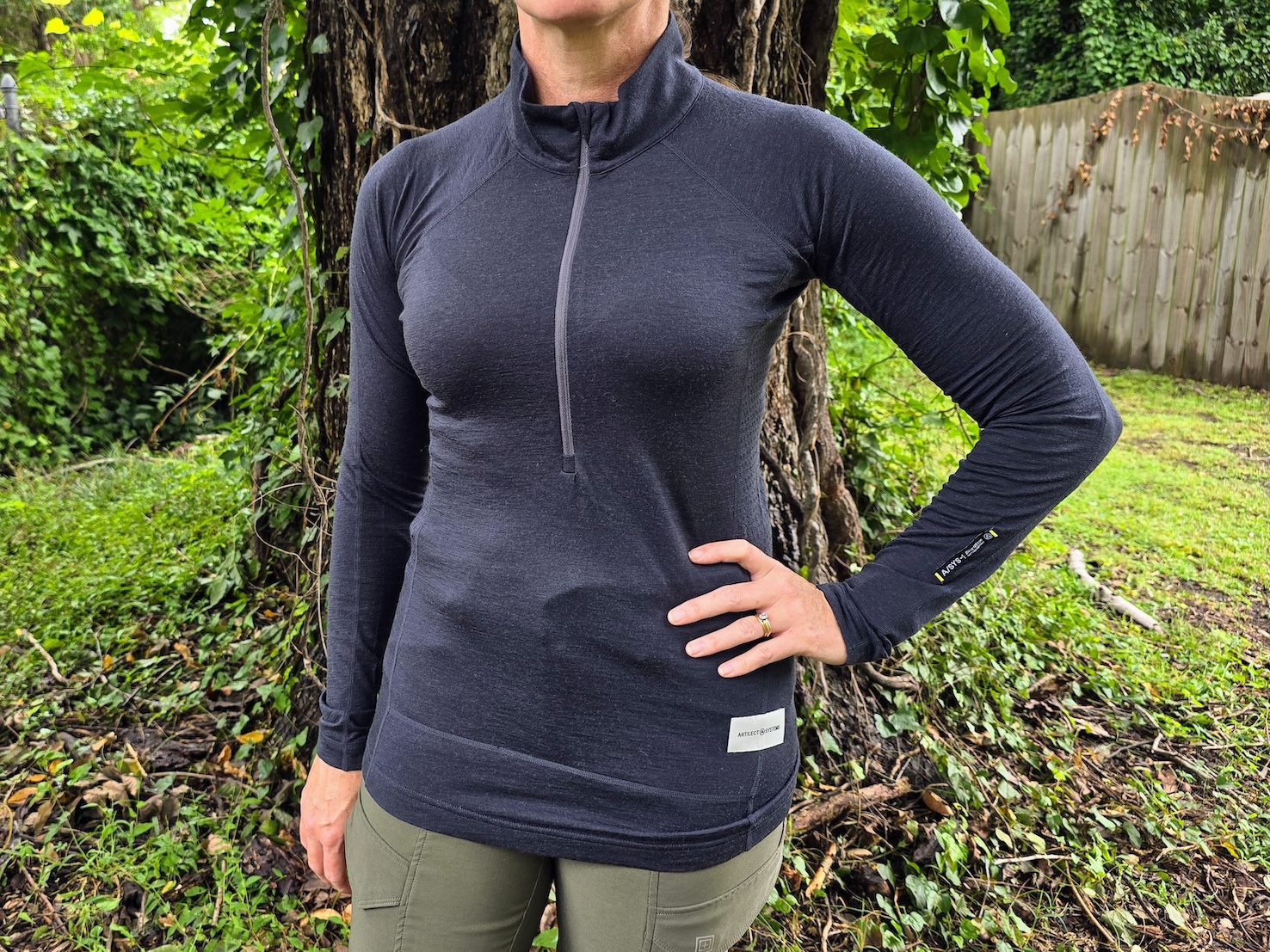
Alice Jones Webb
Wool Dries Slowly
Hand me a beer on a Friday evening and you’ll have a hard time getting it back. Merino wool is the same way with water. It’s “hydrophilic,” which is a fancy way to say it holds onto water. This is the main reason it works so well at wicking moisture away from the body. The downside is that it takes forever to dry. Some science-y hiking guys ran an experiment and found that 100 percent Merino can take up to 40 percent longer to dry than polyester.
And like a drunk who makes a scene when you try to drag him out of a bar, Merino wool doesn’t play well with conventional dryers. The best way not to ruin wool layers is to lay them flat and let them air dry — which can feel like it takes forever because wool doesn’t want to let go of its figurative beer.
Wool Is Delicate
Wool isn’t known for its durability, either. Thinner Merino wool garments have a particularly hard time rolling with the punches and are prone to developing holes in high-friction areas like elbows and knees. Laundering Merino wool can take some forethought since tossing it in the washer on the heavy-duty cotton cycle could lead to disastrous results. Some manufacturers recommend hand-washing (who has time for that?) although most suggest turning the dial to a wool-specific or gentle cycle with cold water.
Alternatives to Merino Wool
We aren’t trying to dethrone Merino wool. It is still the most widely available base layer material, and it can handle virtually any outdoor pursuit. However, there are few materials that definitely deserve more attention.
Synthetic
Pros
- Lightweight
- Affordable
- Widely available
Cons
- Less breathable than natural fibers
- Can get stinky over time
Synthetics are often marketed as the alternative to wool. And compared to Merino, synthetics have several advantages — including greater durability, better moisture-wicking capabilities, faster drying times, and lower cost.
Purchasing gear made from synthetic fabrics isn’t particularly attractive for many outdoor adventurers, though, because fabrics like polyester, rayon, and nylon have a negative environmental impact. Not only are they derived from petroleum, but they contribute to plastic pollution.
Synthetic materials are often a necessary evil, however. Pieces manufactured from synthetic fabrics can offer technical advantages over natural fibers. Some of the best options are made from blends of synthetics and natural materials. In those cases, synthetic fabrics boost the performance of natural fibers, particularly by increasing their durability.
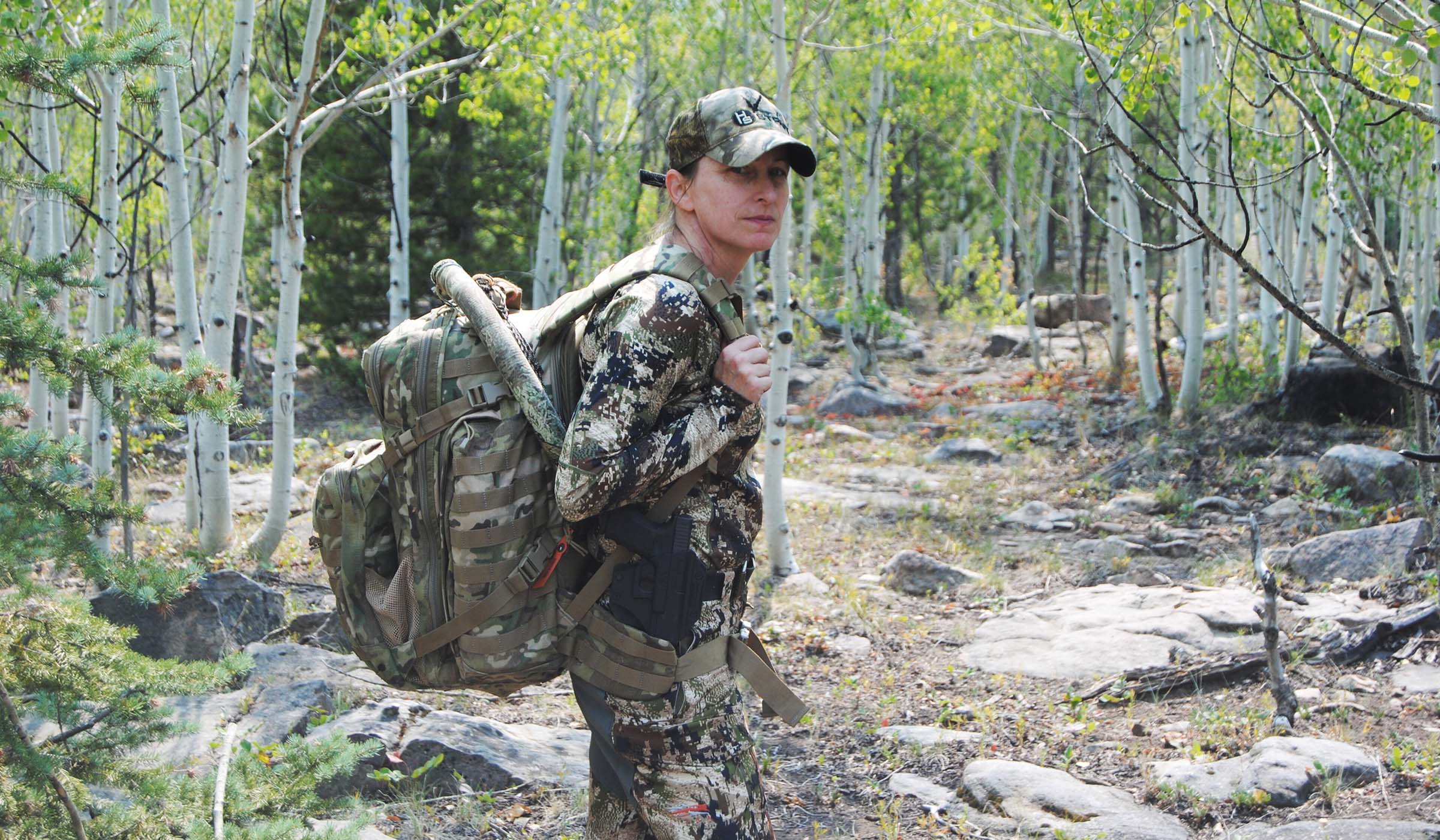
Photo by Alice Jones Webb
Aside from the environmental impact, the biggest downside to synthetic base layers is that they hold onto odors, particularly those of the stinky, sweaty variety. Many manufacturers of outdoor clothing are adding coatings to their synthetics that help prevent odor-causing bacteria from taking up residence in the fabric. It helps, but if you plan to wear them for multiple days without washing, expect some funk. If you’re a bowhunter who needs to get up close and personal to make ethical shots, you may have a hard time getting past keen ungulate noses while wearing a synthetic base layer.
Synthetic base layers are best for: budget-conscious adventurers, people with tolerant noses, rough conditions that require extra durability, and outdoor activities that aren’t deer hunting.
Alpaca
Pros
- Softer than wool
- Hypoallergenic
- Durable
- Dries fast
- Moisture-wicking
- Odor resistant
Cons
- Pricey
- Limited selection
Alpacas are kin to camels and have been domesticated for at least 6,000 years. They are used to grazing high in the Andes, so their fleece has adapted to keep these llama-esque creatures toasty warm in cold temperatures. Fabric woven from alpaca hair was once considered so lush that it was reserved for Incan royalty.
Base layers made from alpaca fibers offer all the same benefits of Merino, including natural breathability and odor resistance, with a couple added bonuses. Since alpaca hair has flatter microscopic scales than sheep’s wool, it feels less itchy that Merino against the skin. And because alpaca fibers lack lanolin, a common irritant found in sheep’s wool, they are also hypoallergenic. Fabrics made from alpaca fibers also dry faster, insulate better, and are more durable than wool.
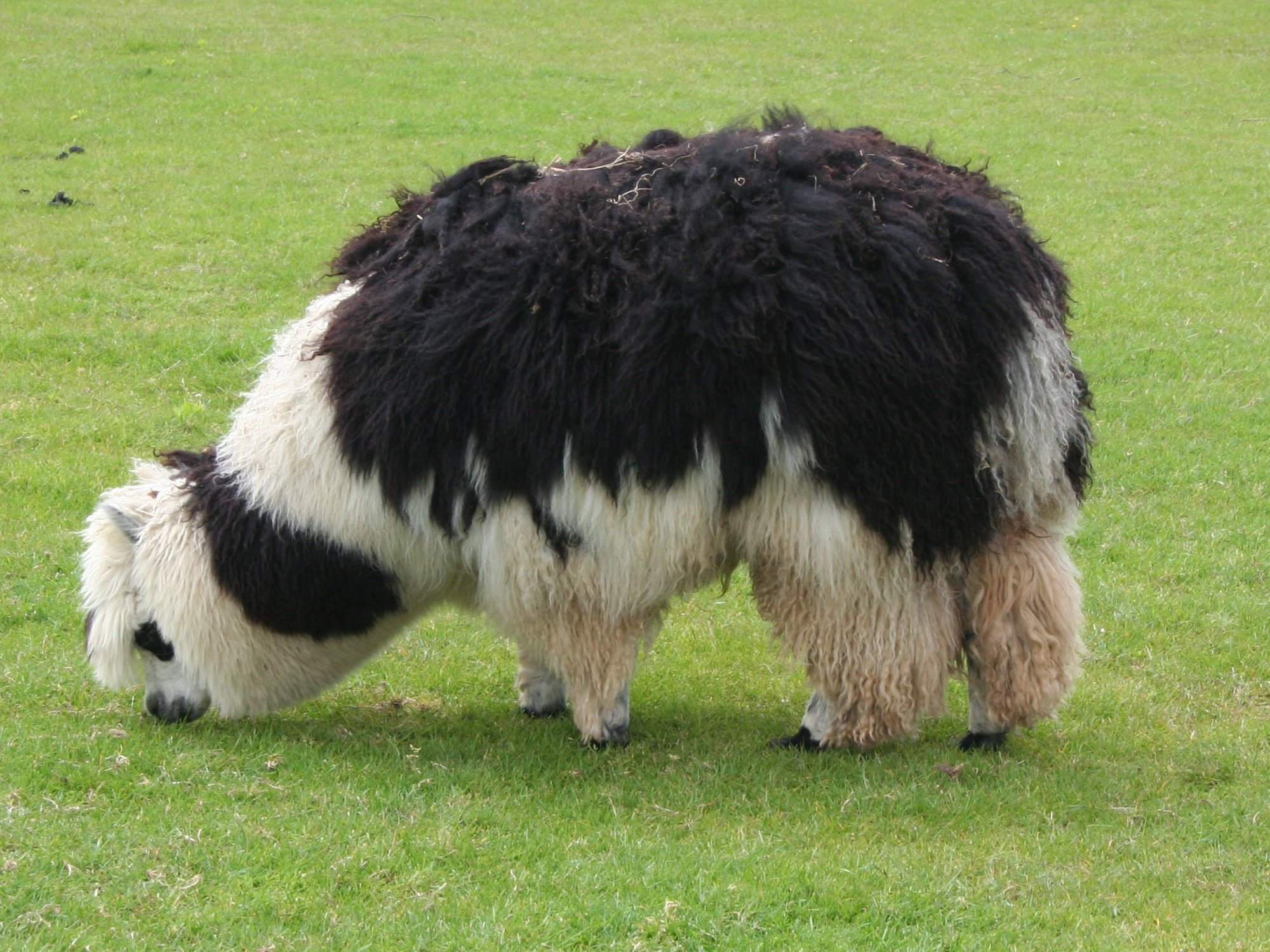
Alpaca’s biggest downfall is that it typically comes with a much higher price tag, mostly due to the smaller production scale. There are far more Merino sheep churning out quality wool than alpacas at the moment. Also, because alpaca hasn’t hit the mainstream, baselayer options are relatively limited.
For the full rundown of how alpaca performs compared to Merino, check out our Merino Wool vs. Alpaca: Battle of the Base Layers.
Alpaca base layers are best for: high-activity adventures, people with wool allergies, and cold-weather activities.
Bamboo
Pros
- Super soft
- Lightweight breathability
- Holds its shape
Cons
- Requires an extensive chemical process to turn the plant into fabric
- Not naturally odor-resistant
Although clothing made from bamboo has been around for centuries, it has only been commercially available since the early 2000s, and it is quickly gaining traction. Its popularity is partly fueled by a growing awareness of environmental issues and a shift among consumers looking for eco-friendly clothing alternatives. People also love wearing bamboo fabric because it is luxuriously soft.
Another benefit of bamboo is its natural breathability. Bamboo fibers have tiny holes that help sweat evaporate so you don’t feel damp and sticky, even when the temperatures or the physical activity crank up.
One often under-appreciated quality of bamboo is that it holds its shape well. Not only does it have less of a chance of shrinking or stretching during regular laundering, but it also resists wrinkles. Which means you can ball it up and cram it in a pack, and it will look just as pressed as it would freshly folded out of the dryer.
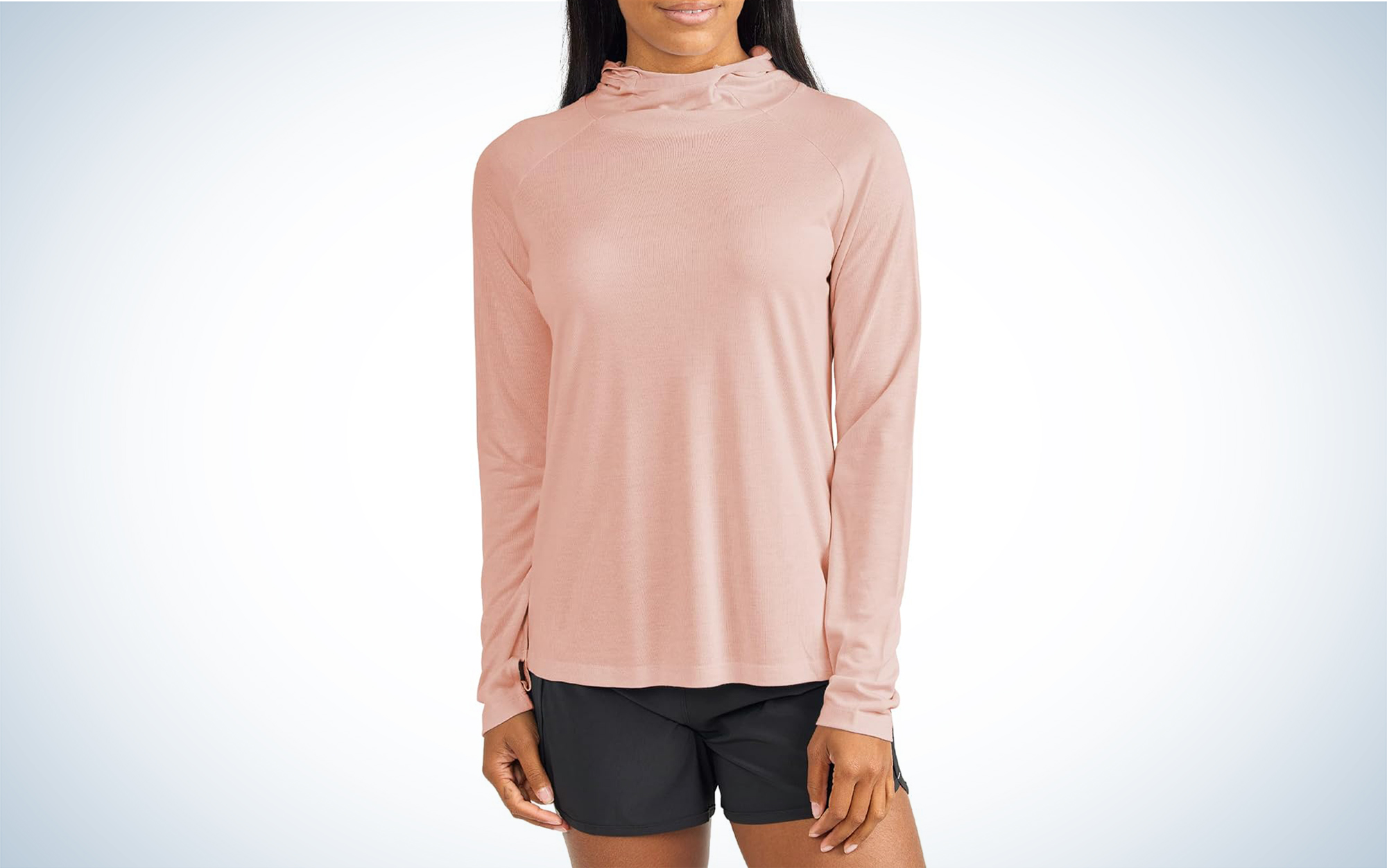
Bamboo plants have natural antibacterial properties that help protect them from fungal and other microbial predators, which is a perk because bamboo crops can be cultivated without pesticides. However, despite the marketing claims of some bamboo clothing manufacturers, those anti-microbial properties do not transfer to the fibers used to make bamboo textiles. You’ll need to launder bamboo clothing more frequently than wool or alpaca to prevent human funk from festering, especially after things get sweaty.
Bamboo is a sustainable, biodegradable, renewable resource. However, making bamboo clothing is far from a green process. Once bamboo is harvested and the pulp extracted, it must be simmered in a cocktail of chemical solvents, including sodium hydroxide and carbon disulfide, which are known to have harmful health effects, and then soaked in an acid bath before it can be made into workable fibers.
Bamboo base layers are best for: cramming in a backpack, people with sensitive skin, and vegans.
Silk
Pros
- Buttery soft
- Not bulky
- Moderate wickability
Cons
- Cost
- Requires special care on laundry day
- Not odor-resistant
Because silk has a reputation as a luxury fabric, it is often overlooked as a viable base layer option. Although there are some downsides to silk, there is no doubt that it feels buttery soft against the skin. Silk is also incredibly lightweight and not at all bulky, two invaluable qualities for winter layering.
Silk also wicks away moisture, although less effectively than wool, alpaca, or bamboo. But as long as you don’t push your heart rate into Zone Three, this natural fabric shouldn’t leave you feeling like you’re wrapped in a wet towel. Keep in mind that silk doesn’t have the same antimicrobial properties as wool and alpaca, so if it gets sweaty, it can quickly become a breeding ground for stinky, odor-causing bacteria.
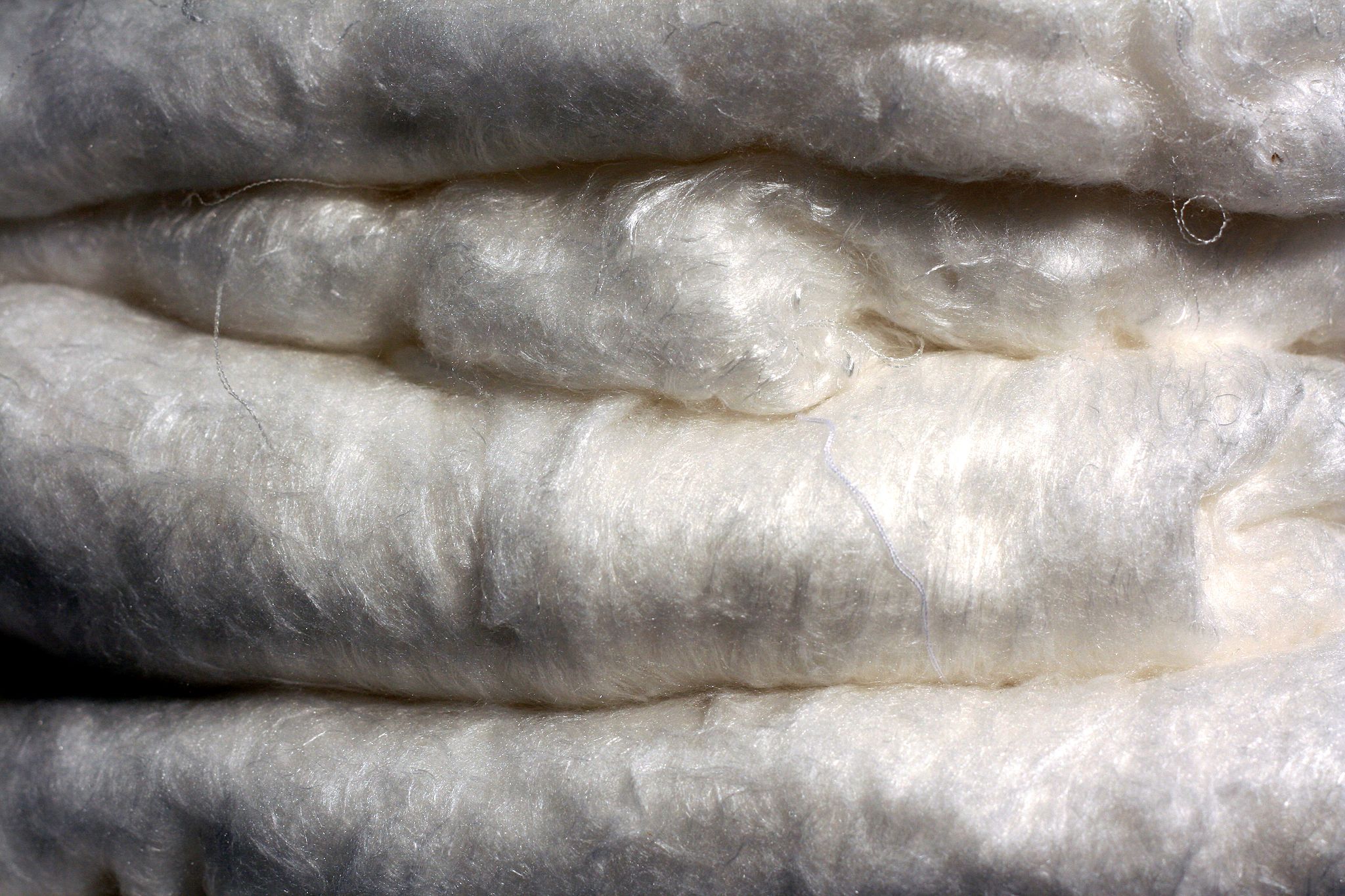
The biggest drawback to silk is that it is expensive and requires some delicate care on wash day. It’s best to wash silk garments by hand in the sink instead of sending them through the washer.
Silk base layers are best for: adding warmth without adding bulk and less physically demanding outdoor activities.
Cashmere
Pros
- Soft
- Warmer than wool
- Antimicrobial
Cons
- Expensive
- Limited selection
- Hard to clean
Cashmere is a soft, lightweight, luxurious fabric made from the hair of cashmere goats from Mongolia, China, India, Iran, Iraq, and Afghanistan. Most often associated with expensive sweaters, cashmere actually makes a wonderful base layer fabric. Because the fibers are finer and more supple than wool, cashmere has a smoother feel and is rarely itchy. Cashmere has anti-microbial properties like wool and alpaca, making it odor-resistant. It can also be up to eight times warmer than Merino while also being lighter, making it a near-perfect next-to-skin cold-weather layer.
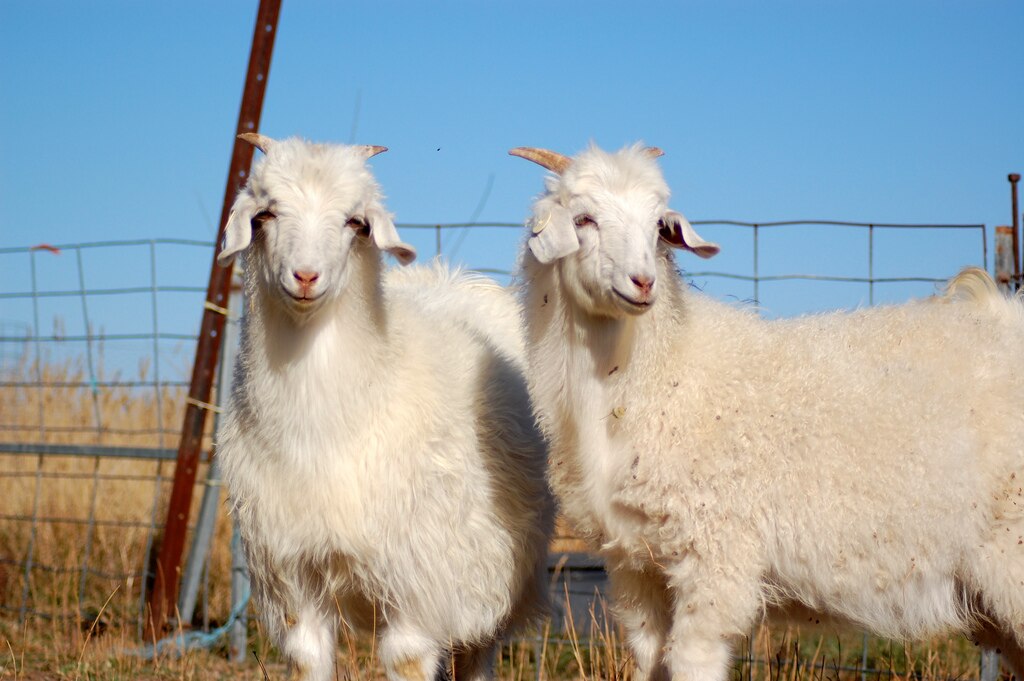
Read Next: The Best Base Layers of 2024
Cashmere is more delicate than wool, so you’ll need to show it some extra TLC on laundry day. It is prone to pilling, and cashmere damages easily when improperly handled. Because cashmere isn’t typically associated with rugged outdoor pursuits, finding quality cashmere base layers that can withstand rough use is challenging. However, if you enjoy sipping hot cocoa near a cozy fireplace is more your style, you’ll find a lot more options to choose from.
Cashmere base layers are best for: Cold-weather pursuits and people with lots of laundry patience.
Final Thoughts
When it comes to selecting the perfect base layer material, there are plenty of options beyond traditional Merino wool. From the luxurious softness and superior warmth of cashmere to the lightweight durability of modern synthetics, each fabric offers distinct advantages that can fit specific outdoor needs.
Ultimately, the “best” material depends on your climate, activity level, and personal preferences. With the right base layer, you can stay dry and comfortable while pursuing your favorite outdoor activities. Whether you like to spend your days on the trail, the slopes, or sitting for hours in a cold treestand, there are definitely more options than Merino.
The post More Than Merino: The Ultimate Guide to Base Layer Fabrics appeared first on Outdoor Life.
Source: https://www.outdoorlife.com/gear/guide-to-base-layer-fabrics/

